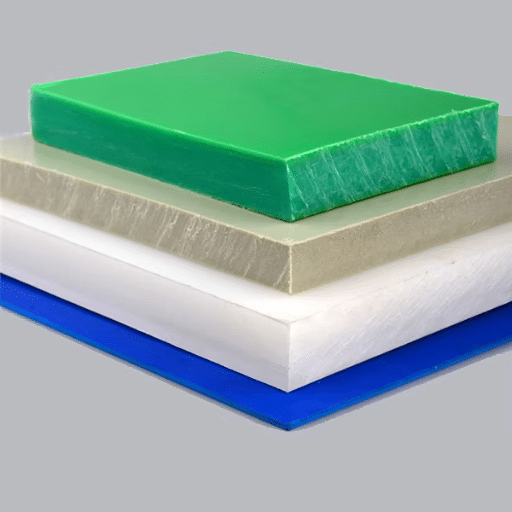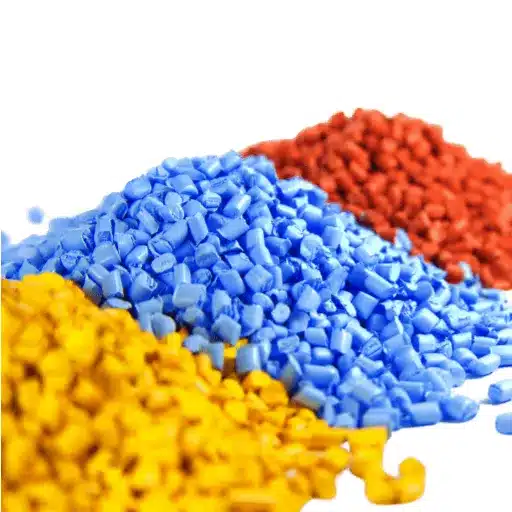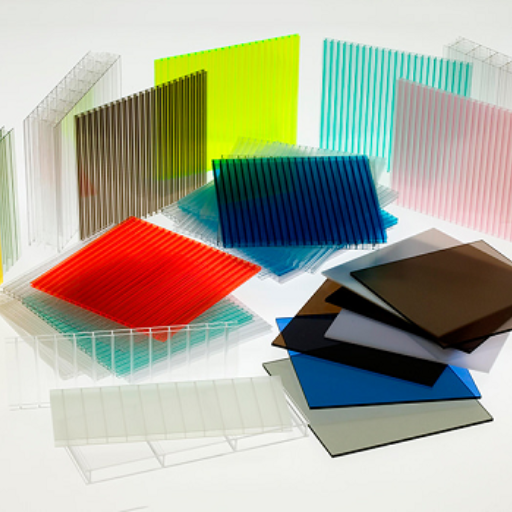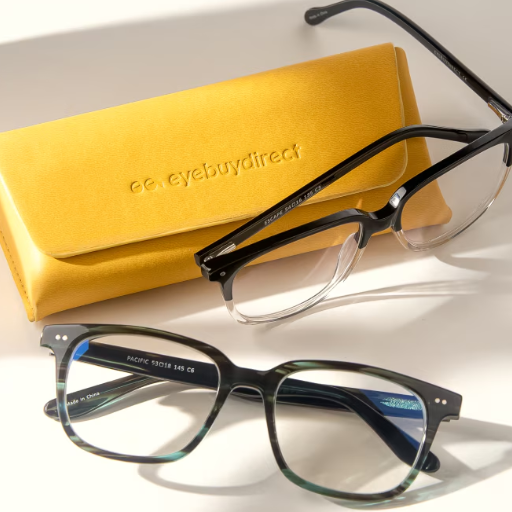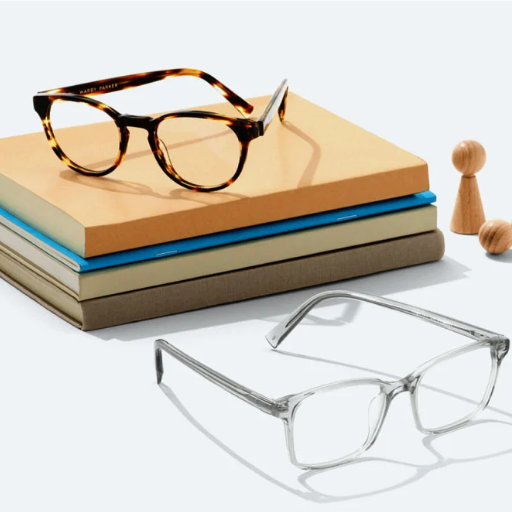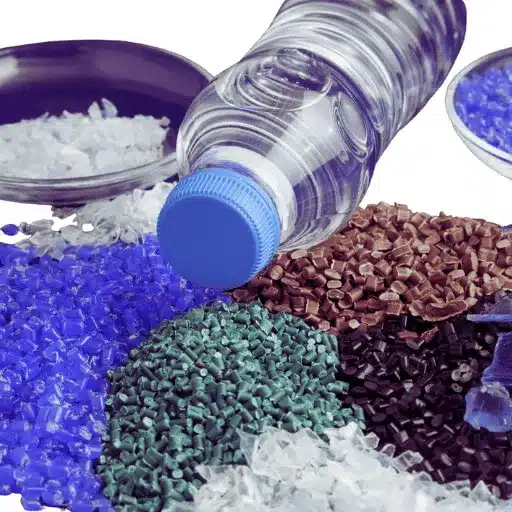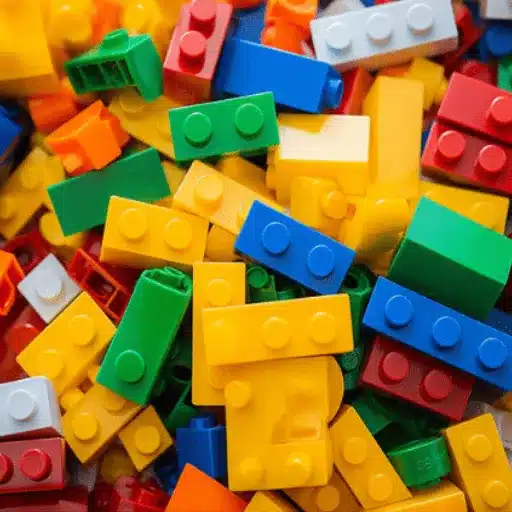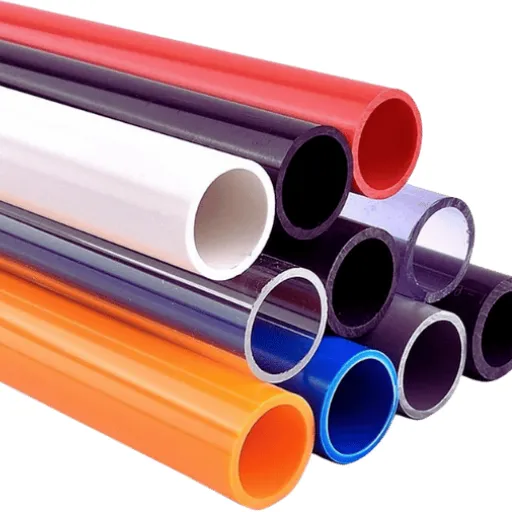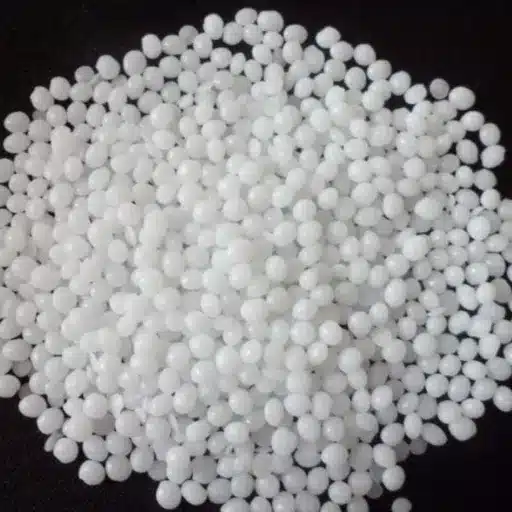Polycarbonate panels has become an essential component for many industries because it is a functional and practical substance that has more power than ordinary glasses. Be it toughened glass for office windows, a greenhouse on construction, or a simple small patio cover and more, polycarbonate sheeting has always performed better and was dependable to its demand under such applications and features civil projects.
Understanding Polycarbonate Sheets
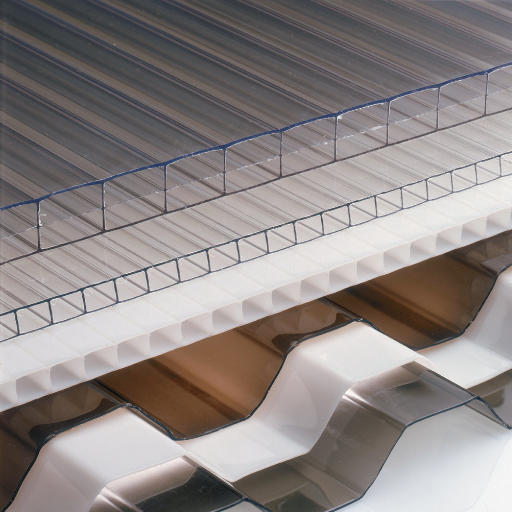
In an even more lighter conclusion, the added fact that this plastic is not only a durable and lightweight, but also an impact resistant, totally transparent material, along with the normal properties of the thermoplastics. At the very same time, it fills the most necessary requirements, it is resistant to mechanical stress with not less than 250% more compared to glass and therefore can be used to reinforce designs in construction. Its high rate of translucency design permits bright light red transmission and there are outdoor-used protection layers that shield from UV rays.
What is Polycarbonate Plastic?
Key Properties:
- Temperature range: -40°F to 240°F
- Impact resistance: 250 times stronger than glass
- Light transmission: Up to 90%
- UV protection when treated
- Lightweight construction
Types of Polycarbonate Sheets
| Type of Polycarbonate Sheet | Key Features | Common Applications |
|---|---|---|
| Solid Polycarbonate Sheets | High impact strength, excellent clarity | Protective barriers, windows, machine guards |
| Multiwall Polycarbonate Sheets | Lightweight, thermal insulation, UV protection | Greenhouses, roofing, skylights |
| Corrugated Polycarbonate Sheets | Durable, weather-resistant, flexible | Roofing, cladding, outdoor canopies |
| Textured Polycarbonate Sheets | Glare reduction, privacy enhancement, slip-resistance | Partitions, privacy screens, decorative features |
| UV-Resistant Polycarbonate Sheets | Enhanced UV protection, prolonged outdoor durability | Outdoor applications, signboards, awnings |
| Anti-Static Polycarbonate Sheets | Static reduction, dust-repellent | Cleanrooms, electronics manufacturing, data centers |
| Fire-Retardant Polycarbonate Sheets | Fire resistance, safety compliance | Commercial buildings, public spaces, transportation |
| Abrasion-Resistant Polycarbonate Sheets | Scratch resistance, reduced wear | Protective goggles, high-use surfaces |
| Colored Polycarbonate Sheets | Aesthetic appeal, custom light transmission | Signage, artistic projects, interior design |
| Bulletproof Polycarbonate Sheets | Exceptional impact resistance, safety assurance | Security windows, protective shields, banking counters |
Polycarbonate vs. Acrylic: Detailed Comparison
| Parameter | Polycarbonate | Acrylic |
|---|---|---|
| Impact Resistance | Very high, virtually unbreakable | Moderate, can crack under strong impact |
| Weight | Lightweight | Lightweight |
| Transparency | Clear, up to 90% light transmission | High clarity, up to 92% light transmission |
| Scratch Resistance | Moderate, scratches easily | High, more resistant to scratches |
| UV Resistance | Built-in UV resistant grades available | Requires coating to enhance UV protection |
| Temperature Resistance | Withstands -40°F to 248°F | Withstands -30°F to 160°F |
| Flexibility | Highly flexible, can be cold-formed | Less flexible, more rigid |
| Cost | Higher cost than acrylic | Generally more affordable |
| Flame Resistance | High grade available, flame retardant | Flammable, less resistant to fire |
Key Benefits of Polycarbonate Sheets
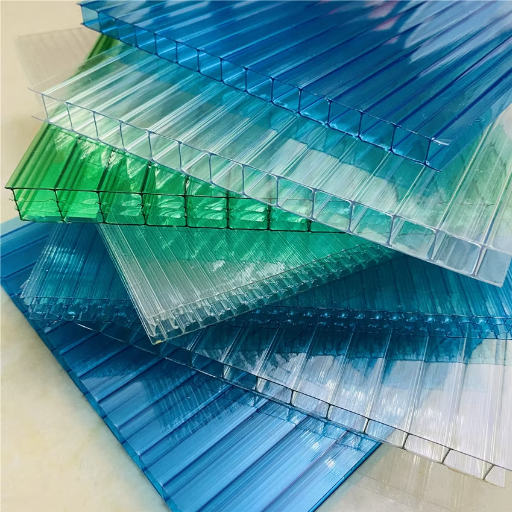
Superior Impact Resistance
Polycarbonate, rated at 250 times higher than glass and 30 times of acrylic, can assure the effectiveness of protective glazing systems.
Lightweight Properties
Polycarbonate sheets are strongest and yet incredibly light enhancing, design safety with ease of installation and handling.
Excellent Optical Clarity
The use of polycarbonate sheets for various applications involves use of glass. This is facilitated by several factors including a certain extent of craft transparency which may not be unlike that of glass and it’ll have light transmission rate of about 90%.
UV Protection
Polycarbonate thermoplastic has strong thermal performance characteristics enhanced by anti-UV dirt and other coatings therefore the design and detail (assembly, etc.) would be harder for outdoor elements.
Thermal Insulation
Insulation against temperature fluctuations is an essential feature while cold insulation can be achieved in most types of polycarbonate sheets particularly multi walled.
Cost-Effectiveness
Applications of Polycarbonate Sheeting
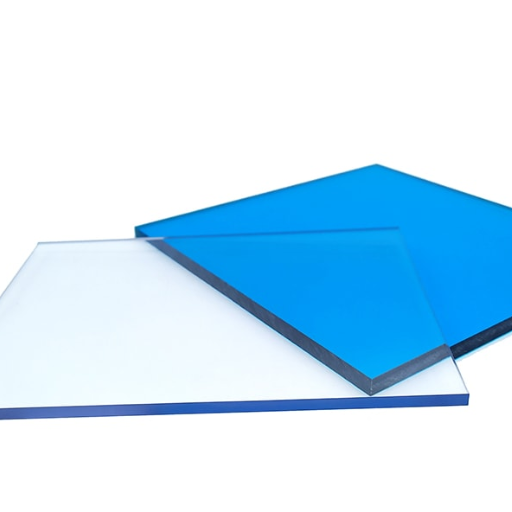
Construction and Architecture
- Skylights and roofing systems
- Curtain walls and facades
- Energy-efficient building solutions
- Safety glazing applications
Agriculture and Greenhouse Coverings
- Greenhouse panels with UV protection
- Temperature regulation (35% reduction in fluctuation)
- Optimal light transmission for plant growth
- Weather-resistant crop protection
Automotive and Transportation
- Headlamp lenses (50% lighter than glass)
- Interior components
- Windows and sunroofs
- Improved fuel efficiency through weight reduction
Industrial Safety and Glazing
- Machine guards and protective barriers
- Impact resistance up to 900 J
- Transparent safety solutions
- Fragment and debris protection
Electronics and Technology
- Electrical insulation components
- LCD panels and display screens
- Electronic device casings
- Protective covers for sensitive equipment
Specifications for Different Applications
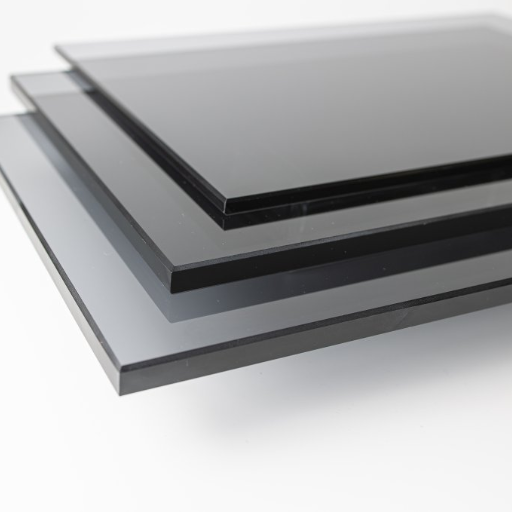
Roofing Applications
- Recommended thickness: 6-12 mm
- Type: Multiwall polycarbonate preferred
- Features: UV protection, thermal insulation
- Benefits: Weather resistance, snow load capacity
Greenhouse Applications
- Recommended thickness: 4-10 mm
- Type: Clear multiwall without ribbing
- Light transmission: 80-90%
- Features: Thermal diffusion, energy efficiency
Safety and Security Glazing
- Minimum thickness: 8 mm solid polycarbonate
- Strength: 200 times stronger than glass
- Applications: Machine guards, safety walls
- Optional: Hard coatings for extreme durability
Signage and Displays
- Recommended thickness: 3-5 mm
- Features: Scratch resistance, weather durability
- Options: Anti-reflective coatings available
- Benefits: UV stability, print compatibility
Working with Polycarbonate Sheets

Cutting and Machining
- Use fine-toothed circular saws or sharp box cutters
- Clamp sheets firmly to prevent movement
- Cut slowly to avoid cracking or chipping
- Use HSS drill bits designed for plastics
- Drill at slow speeds with gradual pressure
Custom Cut and Thickness Options
Polyethylene sheets have become relevant lately, particularly in the field of packaging and other industries. This is attributed to their ability to resist impact, energy and other forms of shock. Several options are available with polyethylene sheets, others being optically clear, colored, treated etc. If this is achieved, the company can fully utilize labor or processing or production Machinery up to which also improve if the price of cost per unit or item or product also drops to some extent.
Choosing the Right Polycarbonate Sheet
Consider these key factors when selecting polycarbonate sheets:
- Thickness: Thicker sheets provide greater impact strength and stiffness
- UV Protection: Essential for outdoor applications to prevent yellowing
- Light Transmission: Important for glazing and illumination applications
- Temperature Resistance: Critical for extreme temperature environments
- Certification Requirements: Ensure compliance with industry safety standards
DIY Projects with Polycarbonate Sheets
Popular DIY Applications
- Greenhouse Construction: Heat loss reduction, UV protection
- Custom Shelving: Load-bearing transparent panels
- Outdoor Canopies: Weather-resistant coverage
- Carports and Awnings: Extreme weather protection
- Interior Partitions: Sound reduction, privacy screens
DIY Tip: Polycarbonate sheets are highly workable – they can be easily drilled, cut, or bent with standard tools, making them perfect for complex DIY designs.
Reference Sources
1. Predicting Farmers’ Willingness to Adopt Polycarbonate Drying Technologies
- Key Findings:
- Polycarbonate drying houses (PDH) improve the quality of dried dates, accelerate drying, and reduce contamination risks.
- Adoption rates in Oman are predicted to reach 95% within 21 years, with significant adoption (23.5%) within the first 5 years.
2. Effect of Carbon Black on Rheological Properties of Polycarbonate Blends
- Key Findings:
- Adding carbon black (2-7%) to polypropylene/polycarbonate blends increases viscosity and shear stress, especially at low shear rates.
- Higher temperatures reduce viscosity, indicating pseudo-plastic behavior.
Frequently Asked Questions (FAQs)
Q: What are the benefits of using polycarbonate sheeting?
A: Considering the above-mentioned possibilities, using solid polycarbonate is also full of merits, primarily it is incredibly durable polycarbonate, it is also great in defending against the damages caused by the ultra-violet rays, plus has very strong resistance to impacts and is a light in weight product. All these have made polycarbonate sheets find such uses in building such as greenhouses, bridges, walkway covers and for protective purposes.
Q: How do clear polycarbonate sheets compare to acrylic?
A: When comparing two sheets, clear polycarbonate sheet excels over acrylic in that it is much more sturdy and tough hence such features are more desirable in applications where sheet behaves such as the one in machine guards or riot shields. Even if acrylic may entice by being more cost-effective, polycarbonate delivers within the meaning of looking at the long-term value provided by strength and crack resistance.
Q: What thickness options are available for polycarbonate plastic sheets?
Q: Can polycarbonate sheets be used for windows?
A: They are ideal for window applications as they are optically clear, tough and are also UV protective. They are light compared to the traditional glass hence easy in terms of installation yet still ensuring safety and energy conservation.
Q: What are the different types of polycarbonate panels available?
A: There are several types to mention specifically: solid polycarbonate panels which have a high impact resistance; multi-wall polycarbonate which provides superior insulation; corrugated polycarbonate – the most weather resistant; and more specialized, such as UV-resistant, anti-static, fire-resistant, and bulletproof options for some specific applications.
Conclusion
There are a lot of areas in which polycarbonate can be used and still remain an effective material even at its advanced stages of wear. For instance, its impact resistance, UV protection and thermal insulation abilities place the material well above traditional materials such as glass and acrylic. Whether you are in a construction site, tending to farm work in a greenhouse, or mounted in any other area, polycarbonate plates have the strength and efficiency for high returns.
Ready to get started? In addition, ascertain your particular constructional requirements, select color and thickness and be ready to consult with the suppliers for any possible custom sizes in order to reach the best possible outcome for the given application.






